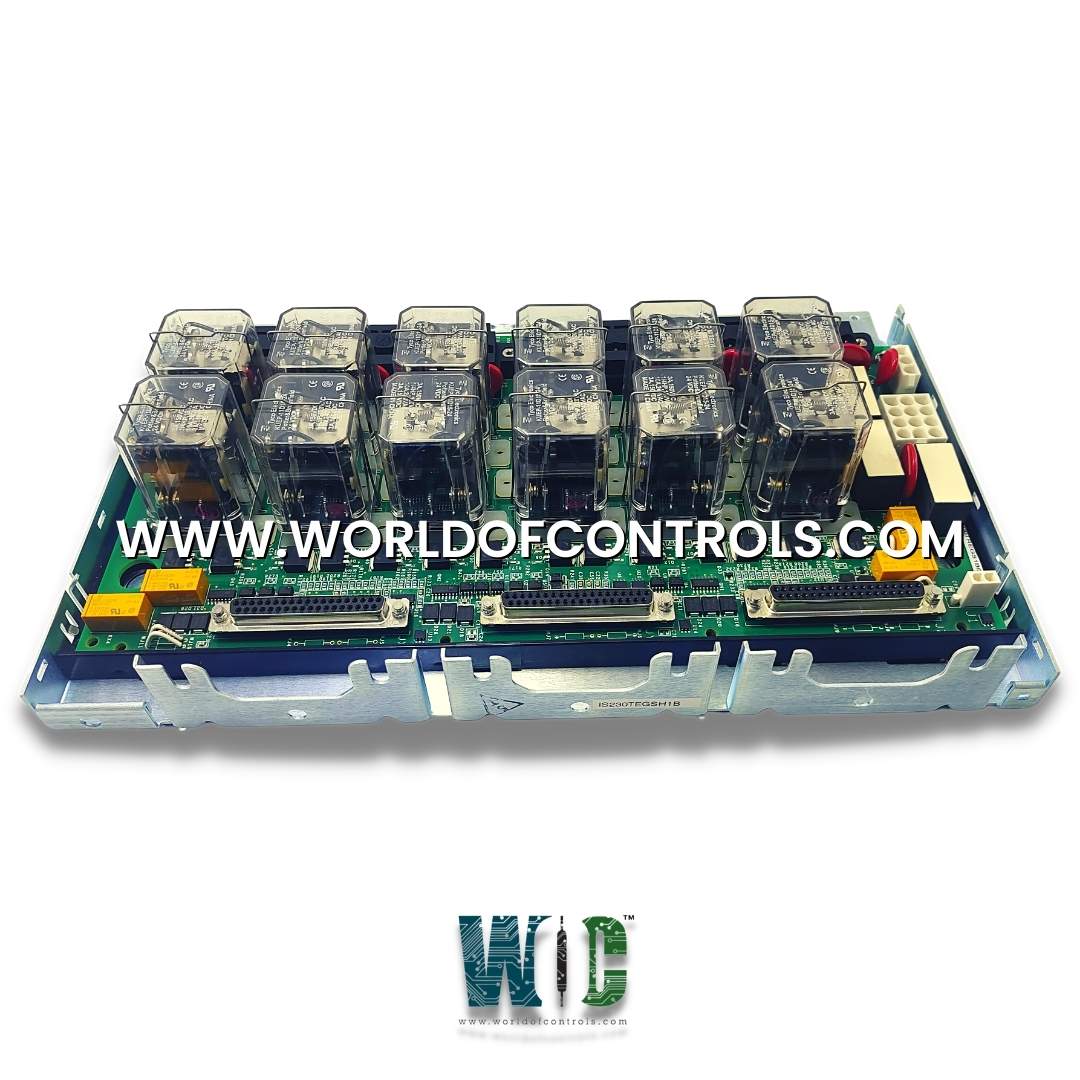
World Of Controls understands the criticality of your requirement and works towards reducing the lead time as much as possible.
IS230TEASH4A - Aero Emergency Trip Module is available in stock which ships the same day.
IS230TEASH4A - Aero Emergency Trip Module comes in UNUSED as well as REBUILT condition.
To avail our best deals for IS230TEASH4A - Aero Emergency Trip Module, contact us and we will get back to you within 24 hours.
SPECIFICATIONS:
Part Number: IS230TEASH4A
Manufacturer: General Electric
Series: Mark VIe
Product Type: Aero Emergency Trip Module
Number of channels: 24
Excitation voltage: 125 Vdc
Power supply voltage: 28 V dc
Voltage Range: 14 to 32 V dc
Mounting: DIN-rail mounting
Technology: Surface mount
Operating temperature: -30 to 65°C
Size: 17.8 cm wide x 33.02 cm
Repair: 3-7 Day
Availability: In Stock
Country of Origin: United States
FUNCTIONAL DESCRIPTION:
IS230TEASH4A is an Aero Emergency Trip Module manufactured and designed by General Electric as part of the Mark VIe Series used in GE Distributed Gas Turbine Control Systems. The Aero Emergency Trip Module in a turbine is a vital component designed to ensure the safe operation of turbine-powered systems, such as aircraft engines or industrial turbines, during emergencies. This module incorporates various features and functionalities to detect and respond to emergencies promptly, minimizing risks and potential damages.
FEATURES:
WOC has the largest stock of OEM replacement parts for GE Distributed Control Systems. We can also repair your faulty boards and supply unused and rebuilt boards backed up with a warranty. Our team of experts is available round the clock to support your OEM needs. Our team of experts at WOC is happy to assist you with any of your automation requirements. For pricing and availability on parts and repairs, kindly contact our team by phone or email.
Does fault detection in the Mark VIe system require additional time and cost for implementation?
Implementing foolproof fault detection in complex control systems can be time-consuming and costly. However, the triple redundant architecture of the Mark VIe system streamlines fault detection and reduces potential downtime, making it a cost-effective solution for critical applications.
Can the Mark VIe system handle various types of industrial processes and applications?
Yes, the system is designed to handle a wide range of industrial processes and applications. Its flexibility and scalability make it suitable for power generation, oil and gas, manufacturing, and other industrial sectors.
How does the system ensure high reliability in safety-critical applications?
In safety-critical applications, the Mark VIe system's triple redundant architecture provides an additional layer of safety. Fault tolerance and voting mechanisms reduce the likelihood of dangerous system failures, enhancing the overall reliability and safety of the control system.